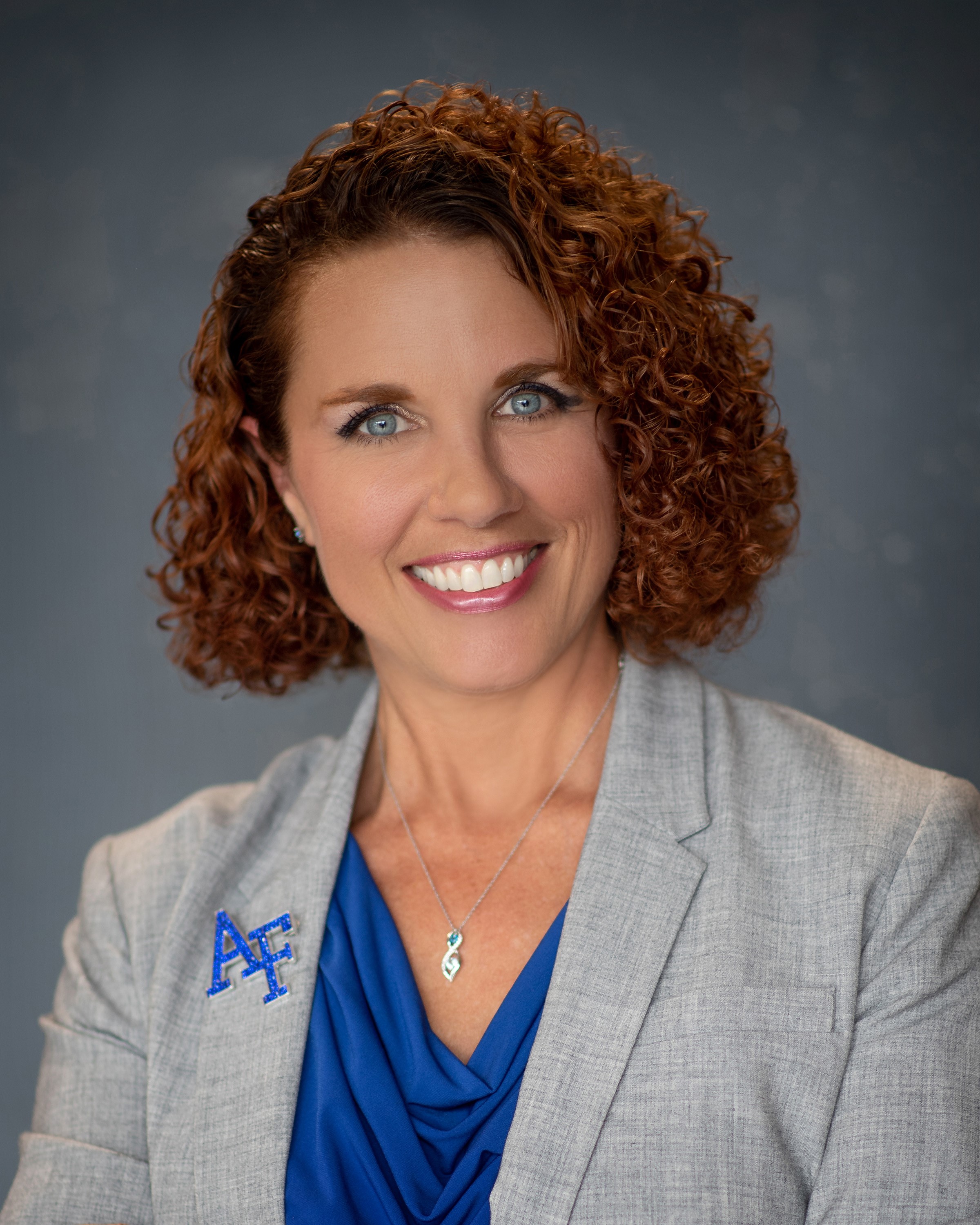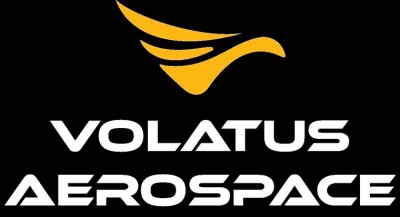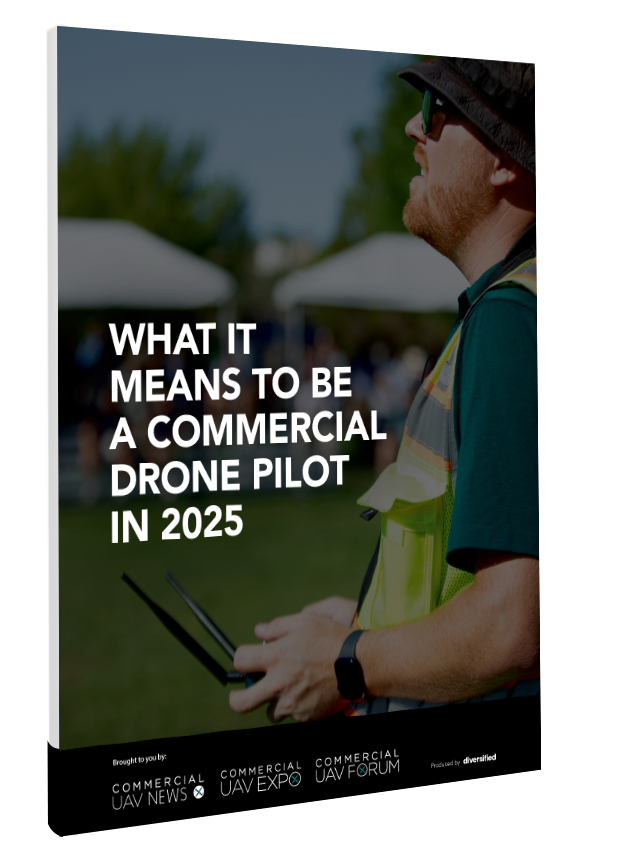Drone delivery in the United States (U.S.) has taken flight.
Flirty Inc., in partnership with the City of Reno completed the first Federal Aviation Authority (FAA)-approved drone delivery in 2015 as part of the UAS Integration Pilot Program (IPP), a public-private research collaboration. Wing, a Google company, was the first company to receive Part 135 standard certification (air carrier certificate) approval as a “drone airline,” in partnership with the Mid-Atlantic Aviation Partnership IPP in April 2019. Later that year, UPS Flight Forward and Swiss company Matternet, partnered with NCDOT IPP to obtain the second such public aircraft operator approval. More recently, the University of Alaska - Fairbanks IPP has been using drones to deliver medical and other supplies to remote communities. All of these initiatives were part of the official FAA IPP program, which ended on October 25, 2020 and has now transitioned into BEYOND (BVLOS Expanding Your Operations Needing Drones).
And then there’s DroneUp.
Running Headfirst into the Regulations
“At DroneUp, we run head first into the rules, not away from them” - Tom Walker, CEO
Around the same time Wing was obtaining its Part 135 certification, DroneUp was testing the limits of Part 107 with funding and researchers from the Commonwealth of Virginia’s Center for Innovative Technology (CIT). At the former campus of Saint Paul’s College in Lawrenceville, Virginia, the team conducted 200 drone flights and successfully delivered 1.275-pound payload packages to 10-foot diameter targets on 1500-foot round trips using off-the-shelf commercial tech within FAA Part 107 flight rules. This Operation Last Mile exercise involved 10 pilots working through seven test scenarios, including one dubbed “E-VLOS to determine variables in performance between test operations within visual line of sight of the remote pilot in charge (RPIC), and operations where visual line of sight (VLOS) of the RPIC is occluded by terrestrial obstructions.”
Fast forward in time. DroneUp is now routinely conducting short-range final mile deliveries of COVID-19 at-home self-collection kits under Part 107. At locations in Las Vegas, Nevada, Cheektowaga, New York near Buffalo and, more recently, El Paso, Texas, DroneUp is flying home self-collection and contactless at home COVID test kits with a forty-five minute turnaround time from order placement to doorstep. In a little more than seven weeks, the company has racked up 1,340 miles, 114 flight hours in local neighborhoods and hundreds of deliveries.
“At DroneUp, we run headfirst into the rules, not away from them” DroneUp CEO, Tom Walker explains. “The Walmart COVID-19 at-home self-collection kit delivery operation validates the scalability of our Operational Last Mile 107 solution. We’ve proven that we can do deliveries under 107 as long as we are not operating as an air carrier—carrying products such as HAZMAT and mail or operating on routes that cross state lines—and that we can even momentarily lose visual contact of a drone, recover it and bring it back, consistent with part 107. We’ve been collaborating closely with the FAA on this. The significant progress we’ve seen in our hub-to-hub delivery model has allowed us to bring these innovative solutions to the regulators to move the entire commercial drone industry forward. Importantly, we are also helping to shift the public narrative. Every day people come to our work sites and ask us when we are coming to their neighborhoods. Winning hearts and minds are critical to the future of our industry and we seem to be doing that.”
Understanding the differences between Part 135 and Part 107 highlights the incredible uniqueness of the DroneUp operation.
Regulation Fly Over
Part 107 has enabled non-complex small UAS operations since 2016. The rules are simple and allow the operator to fly a drone 55 pounds or less, within VLOS, during daylight hours, at or under 400 feet above ground level (AGL). To operate over persons, at night, above an altitude of 400 feet AGL, or beyond visual line-of-sight, requires a waiver. Large UAS operations and any other sUAS ops outside of 107’s parameters require either an airworthiness certification from the FAA or an exemption. The steps to become Part 107 certified are also simple: know the rules, pass a knowledge test and register your drone.
On-demand, non-scheduled delivery operations for hire, however, typically require a 14 CFR Part 135 Cargo Carrying Certificate. To obtain a Part 135 operating certificate, applicants undergo a five-phase certification process: pre-application, formal application, design assessment, performance assessment and administrative functions. Each of these include specific and detailed requirements.
Additionally, there are four different types of Part 135 operations based upon the desired scope of operations:
- Single Pilot — limited to using only one pilot for all part 135 operations.
- A Single Pilot in Command — allows for one pilot in command (PIC) certificate holder and three second PICs; limits aircraft size and ops scope.
- A Basic Operator — limited in size and scope of operations to max five pilots, including second in command and five aircraft.
- A Standard Operator — no limits on the size or scope of operations but requires authorization for each type of operation they want to conduct.
Further complicating the process for drone operators, Part 135 was written for manned aircraft with a focus on private air charter and air taxi flights. For example, all Part 135 applicants as part of the Phase 2 formal application (except Single Pilot Operators) must show they have required to have a FAA approved hazardous materials (HAZMAT) program. Such a program must cover all aspects of the acceptance and transportation process, as well as training for all employees consistent with the Hazardous Material Regulations (49 CFR Parts 100-185) and the ICAO Technical Instructions for the Safe Transportation of Dangerous Goods by Air. This is presumably irrelevant to the overwhelming majority of drone operations.
According to Mary-Caitlin Ray, former FAA attorney and current Counsel at Crowell and Moring LLP in Washington, D.C., “Because Part 135 was developed for manned aviation, compliance with many of the technical requirements is simply impossible for drone operations For example, drone delivery operators would need to obtain exemptions from provisions requiring the use of seat belts, passenger deplaning plans, and on-board operations manuals, among a host of other requirements that do not fit most small drones delivering packages. FAA regulations also require Part 135 operators to have a full team of management personnel to oversee all aspects of the operation, including a Chief Pilot. It is definitely encouraging that we are seeing more companies successfully navigate the exemption and certification process. However, right now the process is time and cost prohibitive for many companies.”
Ray adds, “Part 135 operators conducting interstate deliveries for compensation for hire will also need to have economic authority, or an exemption, from the U.S. Department of Transportation (DOT). In order to hold DOT economic authority, the operator must be a U.S. citizen as defined by federal aviation regulations. The DOT has determined drone delivery operators should apply for economic authority using the air taxi exemption, which is a shorter, simpler process than the full fitness finding that is normally required. None of this is simple. Drone operators interested in obtaining a Part 135 certificate should discuss this issue with aviation counsel.”
Part 107 seems like the better way to go for drone companies wanting to deliver goods for hire. Is it?
Opening the Aperture
"The apparent willingness of the FAA to make drone delivery a reality ... is encouraging.”
There is more required than meets the eye to have the level of success DroneUp has had using Part 107 for drone deliveries.
“Our approach is likely not for everyone,” Walker explains. “We have implemented a robust and proprietary concept of operations (CONOPS) that ensures the safety of our operations. Our operations have an advanced level of sophistication and are almost military-like. For example, we have mobile command posts through which we conduct real time monitoring both on site and back to our headquarters in Virginia Beach, just like we used during my Special Operations career. We have instituted repeatable and consistent command and control standards. Finally, we have, and will, remain in close coordination with the FAA, as we continue growing our model.”
The next step for DroneUp, according to Walker, is to deliver over-the-counter (OTC) medications by drone.
“With COVID, we’ve all heard that we should stay home when we are sick, wash our hands, and wear a mask,” he explains. “That’s even more important during cold and flu season. Sixty percent of OTC med sales occur during cold and flu season, amounting to about $1.4B annually. Do we really want all of these sick people congregating in pharmacies? Based on known statistics, we estimate that even if we just do 10% of all OTC deliveries by drone within one mile of a pharmacy, we can decrease 1.7M cold and flu cases a year. Just imagine the long-term positive impacts to society and the health of our citizens.”
“...saddle up, develop your own CONOPS and call an aviation law expert...to guide you”
The apparent willingness of the FAA to make drone delivery a reality by working with folks outside of their formalized programs, such as the IPP (now BEYOND) and the Partnership for Safety Plan, is encouraging. The FAA has also been accelerating the approval of various waivers, especially during the pandemic. Will this flexibility continue?
Walker thinks so. “Once we get off the CORONAcoaster, we still have to digest all the data coming from these recent applications of unmanned platforms. It will surely support the addition of more use cases.”
To those out there who want to make drone delivery dreams a reality for their company, saddle up, develop your own CONOPS and call an aviation law expert like Ms. Ray to guide you through the process. When we normalize these operations, drones will finally be able to consistently deliver the goods that we need. Let’s fly!
















Comments